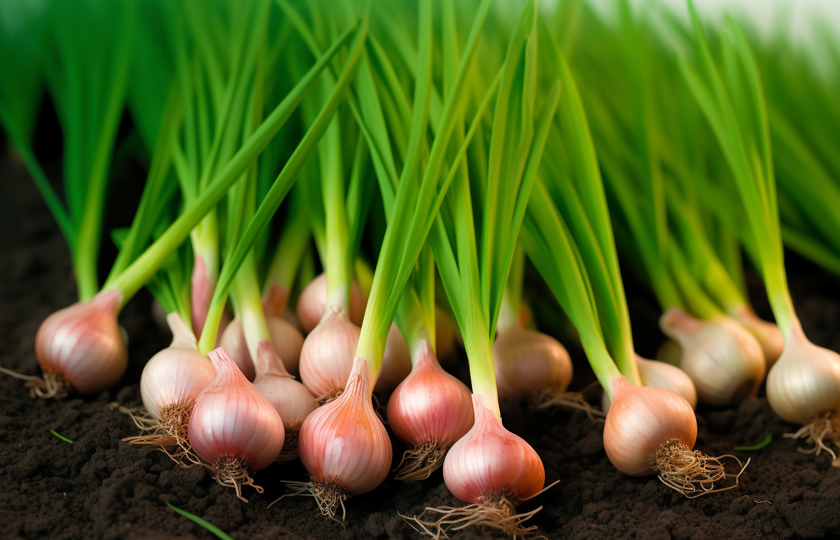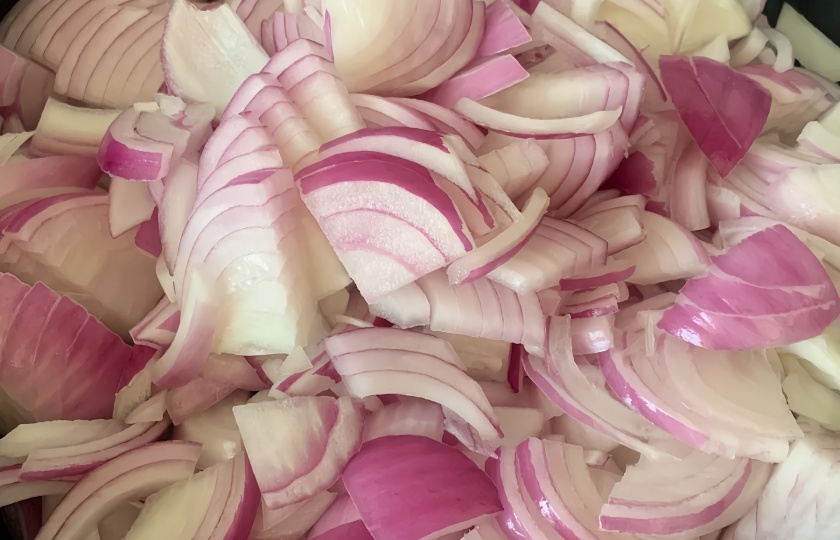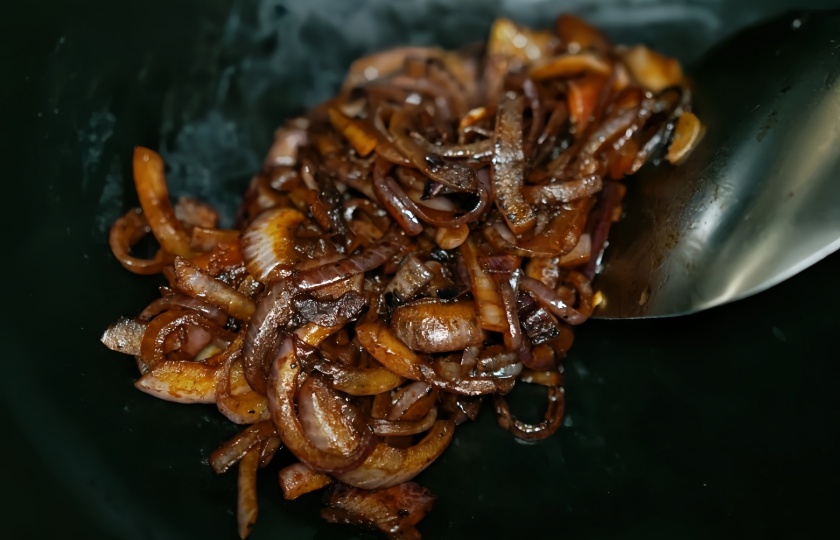Beginner's Guide: Can You Caramelize Shallots in an Instant Cooker

The multifunctional characteristics of the instant pot bring unlimited possibilities to cooking, while the caramelization of scallions is a challenge to the limit of this kitchen utensil. Mastering the balance of temperature and time can make simple ingredients bloom with extraordinary flavors.
Why You Shouldn't Caramelize Shallots in an Instant Pot
While Instant Pots are great for many things, they're NOT ideal for caramelizing shallots. Here's why:
Moisture Issues:
• Instant Pots trap moisture
• True caramelization needs evaporation
• Results in steamed rather than caramelized shallots
Temperature Control:
• Limited heat control
• Can't achieve proper Maillard reaction
• Uneven browning
Time Factor:
• Doesn't actually save time
• Quality is compromised
• Less control over process
Pro Tips for Perfect Caramelized Shallots:
Use a heavy-bottom pan
Low and slow cooking
Maintain proper temperature
Allow proper moisture evaporation
Patient stirring
Time Investment:
• Proper caramelization takes 20-30 minutes
• Worth the extra time for better results
What Is Caramelizing?
Caramelization is a chemical process by which carbohydrates or starches are converted into sugars through exposure to heat, and the food takes on a different look and flavor, browning and sweetening. Any food that contains carbohydrates can be caramelized, from apples to onions to bacon or nuts. Fruits and vegetables are a good choice for caramelizing because they contain natural sugars (no sugars need to be added), and these sugars are emphasized in the process of caramelization.
What is the trick to caramelizing shallots quickly?
The way shallots are cut is very important.
Cut the shallots into thin and even slices. When shallots slices are cut thinly, the heating area is larger, and they can be cooked and caramelized more quickly. For example, if using a large yellow onion, try to cut it into slices about 0.3 - 0.6 centimeters thick.
Choose the right pan and heat.
Pick a thick-bottomed frying pan with a wide bottom. A thick-bottomed pan heats more evenly, avoiding local overheating and preventing some parts of the shallots from burning while other parts are still undercooked. Heat the pan over medium-high heat. Add a little oil (such as olive oil or vegetable oil) or butter, which helps conduct heat and also adds flavor.
Add a little sugar and salt.
At the beginning of cooking, sprinkling 3 grams of sugar can speed up the caramelization process. Sugar can accelerate the browning of shallots by promoting the Maillard reaction. Adding a pinch of salt can enhance the flavor and also make the shallots exude some moisture, which also helps the caramelization process.
Stir frequently.
Keep stirring the shallots to ensure that every side of the shallots is heated. This allows the shallots to be heated evenly and cook faster. Shallots will release water during the cooking process. After the water evaporates, turn down the heat to medium-low and continue the caramelization process so that they won't burn.

Should you salt shallots when caramelizing them?
During the process of caramelizing shallots, adding salt at the right time can indeed play a very good auxiliary role. Salt can not only increase the final flavor, but more importantly, it can help shallots release moisture better and speed up the entire caramelization process. At the same time, salt can also make the texture of shallots softer and make them easier to cook through.
Add a little salt at the beginning of cooking and supplement the seasoning appropriately in the middle. Use 1/4 teaspoon of salt for each shallots. Adding it in portions is better than adding it all at once. Adjust the saltiness before finishing. Too much salt will cover up the natural sweetness of shallots, so pay special attention to the dosage.
Be patient when caramelizing and stir frequently to let the shallots evenly contact the bottom of the pan, which can help the moisture fully evaporate. The whole process takes about 20-30 minutes. During this period, keep medium-low heat to avoid burning the shallots. Appropriate amount of salt combined with the correct cooking method will finally present a beautiful golden color and rich caramel aroma, making the taste of caramelized shallots reach the best state.
How do I prevent shallots from burning in an instant pot?
First, make reasonable use of the functions and operations of the electric pressure cooker: Enable the sauté function and add oil. Put in shallots after the oil temperature rises. Keep stirring continuously when stir-frying to make them heated evenly and avoid local overheating.
Second, adopt a separate handling method for ingredients: Fry the shallots until golden brown and take them out first. Put them back when other ingredients are almost done. This can not only retain the fragrance but also avoid scorching due to long cooking.
Third, control the heat and add liquid: Choose medium-low heat and avoid quick stir-frying with high heat. At the same time, more broth or water can be added to reduce the chance of shallots directly contacting the bottom of the pot and reduce the risk of scorching. In this way, shallots can be better prevented from burning.

What's the difference between caramelized and sauteed onions?
The cooking processes are different: Stir-frying onions is a relatively quick cooking method. Usually, medium-high heat is used with a small amount of oil or butter to soften and slightly change the color of onions in a short time, about 5 - 10 minutes. While caramelized onions are a slow process that requires low to medium-low heat. The cooking time is often more than 30 minutes to allow the sugar in onions to slowly decompose and produce a caramelization reaction.
There are differences in flavor: The taste of stir-fried onions is relatively simple and direct, retaining some spiciness and having a light stir-fried taste. The flavor produced by browning is not very strong. The taste of caramelized onions is very sweet and complex. Long cooking time fully releases the sugar, giving a strong caramel flavor, similar to the sweet taste of jam.
The textures are different: The texture of stir-fried onions is relatively hard. They just soften and the onion shape can still be seen. There may be a little crispness. The texture of caramelized onions is very soft, almost gelatinous, easy to spread, and the shape becomes blurred.
Is it better to caramelize shallots in butter or olive oil?
Both butter and olive oil are fine. Personally, I recommend using butter. Butter is rich in milk fat. When it dances with shallots in a hot pan, it will release an intoxicating rich milky fragrance.
This unique milky fragrance can penetrate every thread of the shallots meticulously, allowing the original taste of the shallots to be sublimated wonderfully, thus bringing the taste of caramelized shallots to the ultimate realm of sweetness and mellowness.























